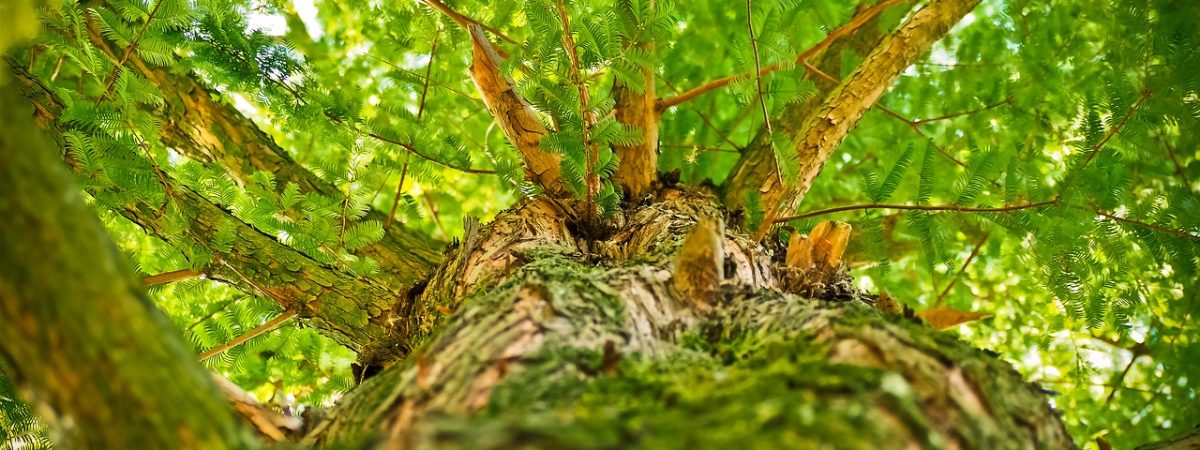Just like humans, trees can get diseases. Depending on the tree and disease or infestation it might contract, you may have to look into Denver tree services. Typically a disease can affect bark and leaves and depending on the severity can kill certain areas of the tree. It can also disrupt its internal system. Learn more about common Denver area tree diseases to watch out for in your own trees.
- Cytospora Canker: The Cytospora canker disease is common amongst many trees in the Denver area. Some of the species that can become affected are the Aspen, Cottonwood, Poplar, Spruce and Willow trees. This is a fungus that typically occurs when the trees have aged for over 15 years. Depending on the tree, the disease can infect the branches or trunks. This can happen when the roots are shallow and make them more susceptible to insect infestation, weather issues, etc. If you notice your tree has needles that become brown or higher branches begin to die, the tree may be infected. Over time it will become more obvious as you will be able to see the affected vs. unaffected areas. You may also notice lesions on the branches. Unfortunately, this disease if often lethal when contracted.
- Aphids: Aphids are known as plant lice. They are commonly found in trees that produce sap or other fluids such as Ash, Apple, Crab, Aspen, Cottonwood, Poplar, Elm, Hawthorn, Linden, Maple, Peach, Plum, Juniper, Pine, Oak, Spruce, Walnut and Willow trees. The Aphid is a very small, soft pear-shaped insect in a range of colors. It is attracted to sap or other similar juices. Similar to ants, aphids come together to feed on a tree or plant. While Aphids are hard to see, if you notice leaves curling, yellowing or just losing their shape, that may be a huge sign of infestation. Also look for an overload of sap in a certain area or fungal growths. Luckily, Aphids won’t kill a tree. There are ways to save a tree by tree trimming and other services. Learn more ways to get rid of Aphids from The Old Farmer’s Almanac’s “How to Identify and Get Rid of Aphids.”
- Powdery Mildew: Powdery mildew is common with Apple and Crab trees. This is a fungal disease and can create white or black dots or spore-like growths on leaves. Over time the disease takes over and depletes the tree’s nutrients. Because this disease is transmittable through wind, it is easy to contract and pass on to other plants and trees. The infestation becomes more obvious when the white or black spores spread and dry out leaves. They too can be saved if caught in time.
Learn more about 3 Common Tree Diseases: Fungus, Canker and Blight
These are just a few of many diseases common to Colorado trees. Read about more tree diseases and invasive species and let Splintered Forest help! We can help you determine whether a disease has taken over your tree and if it can be salvaged. Our wide range of services can help you solve or eliminate your problem. Contact us now at 303-710-7534 for a free estimate.
Explore Our Other Invasive Pests Resources:
Identify EAB ash tree infestations and get informed about the Douglas fir tussock moth caterpillar.
Learn about the mountain pine beetle damage to Colorado Forests and Mitigation of MPB.
Using Japanese beetle traps can help reduce the population of these pests in your garden, read more.

